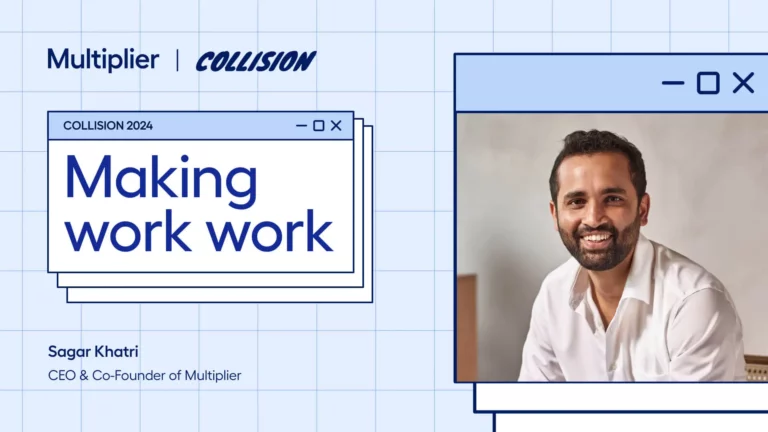HR Analytics
What is HR Analytics?
HR analytics, also known as people analytics, involves the collection, analysis, and application of workforce data to improve decision-making processes within human resources (HR) and enhance overall business outcomes. This discipline uses statistical methods and technologies to analyze employee data and provide insights into workforce dynamics, productivity, and retention strategies.
Core Functions and Tools
The core functions of HR analytics include tracking key performance indicators (KPIs) such as employee turnover, training effectiveness, and time-to-hire. Tools often used in HR analytics range from advanced data management systems to specialized software that integrates with existing HR information systems, enabling detailed data analysis and visualization.
Benefits of Implementing HR Analytics
Implementing HR analytics provides several benefits. It helps organizations identify trends and patterns in employee behaviour and performance, leading to more informed decisions about recruitment, development, and retention strategies. Additionally, HR analytics can pinpoint inefficiencies in HR processes, suggest areas for improvement, and optimize the allocation of HR resources.
Challenges and Solutions
Despite its benefits, HR analytics can pose challenges, including data privacy concerns and the need for employees skilled in data analysis. Addressing these challenges involves ensuring compliance with data protection laws, investing in secure data systems, and providing training for HR professionals in data analytics and interpretation.
Strategic Impact
Strategically, HR analytics is invaluable as it enables organizations to align their workforce strategies with business objectives. By understanding employee productivity and engagement levels, companies can better manage their human capital to support growth and innovation. This strategic alignment is critical for maintaining a competitive edge in the market.
Future Directions
Looking forward, the field of HR analytics is set to become increasingly sophisticated with advancements in artificial intelligence and machine learning. These technologies promise to enhance the predictive capabilities of HR analytics, allowing organizations to anticipate future trends and prepare more effectively for changes in their workforce needs.
HR analytics plays a crucial role in transforming traditional HR practices into data-driven strategies that significantly impact an organization’s success. By leveraging data effectively, businesses can enhance employee satisfaction, improve performance, and drive strategic initiatives forward.
Ready to take the leap? Choose Multiplier as your EOR partner




